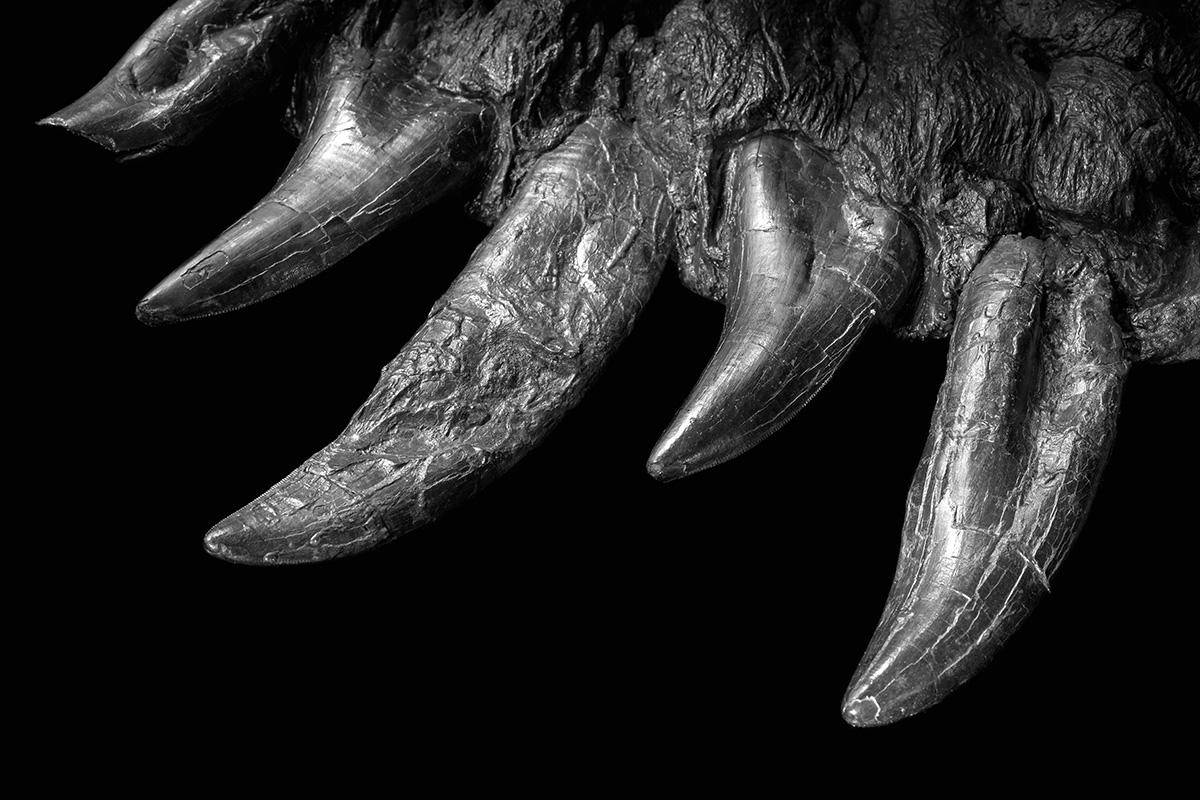When: Friday, 31/03/17
Where: Museum für Naturkunde, Tristan – Saal
Agenda: Visitors will be able to watch samples being taken between ca. 9:30 bis 17:00. The lower jaw will be taken from its display cabinet and very small particles of enamel weighing around 7mg) will be taken. This will take about half an hour per tooth.
Press conference: From 11:00 – 12:00, the following scientists will be available for questions and interviews:
Dr. Anne Schulp (palaeontologist, Head of research T. rex „Trix“, Naturalis Leiden / the Netherlands)
Dr. Renee Janssen (specialist for isotope geochemistry, Naturalis Leiden / Holland)
Dr. Daniela Schwarz (Sauropod specialist, Museum für Naturkunde Berlin)
From December 17th 2015, research has been carried out on TRISTAN OTTO at the Museum für Naturkunde Berlin, Leibniz Institute for Evolution and Biodiversity Research using cutting-edge technology. “Like no other exhibit, this tyrannosaurus managed to raise the enthusiasm for science in all age groups,” says Director General Johannes Vogel. The isotope investigations currently carried out should give scientists more accurate insights into what Tristan Otto actually ate and how he lived in his habitat. Did he follow his prey on their migrations or did he remain always in the same area? Did he always take in the same food or did his diet change with the seasons?
Scientific Background
Tooth enamel from fossil vertebrates has been used for a long time to study stable isotopes of certain chemical elements. Many elements occur naturally with different masses (isotopes) and hence different chemical properties. The composition of these isotopes can yield information about the origin and lifestyle of individual organisms because isotope composition varies between different geographical locations and a few rarer heavy isotopes accumulate through the food chain.
In a vertebrate skeleton, tooth enamel is the most suitable substance for isotope analysis because it stores the most stable isotopes over geological periods. Tooth enamel contains the mineral apatite, a dense and crystalline material that remains more or less unchanged during fossilisation and also has a low content of organic materials. Teeth remain in the jaw for a relatively long time and their stable isotopes will reveal important information about the diet of the animal.
Only very small samples of tooth enamel are needed that will then be processed and analysed in the lab. Comparisons with modern-day animals believed to have similar diets can be made. Being able to take serial samples from a skull with many teeth has the advantage that the isotopes can be described more accurately, which makes Tristan Otto an ideal study subject.
Sr (strontium) isotopes allow conclusions to be drawn about possible migrations of the animals and access to different food and water sources. The 44/42Ca (calcium) isotopes are of particular interest, as their concentration in the tooth indicates preferences for certain types of food. We might, for instance, find out if Tristan only ate meat or swallowed the bones as well. These are relatively new methods that have so far not been applied to a T. rex. In addition, ∂13C (carbon) and ∂18O (oxygen) isotopes could help to track seasonal changes in the diet.
